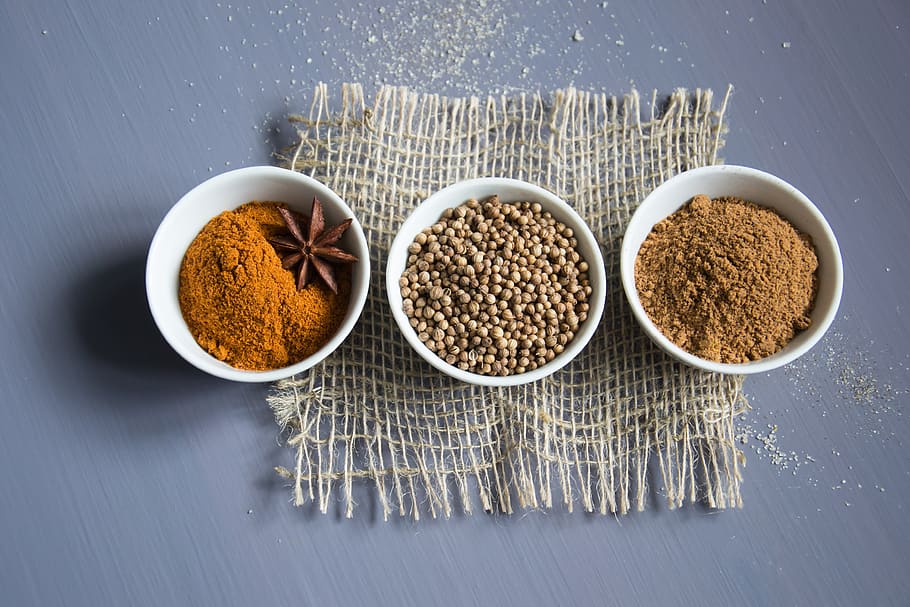What active ingredients can be used in a topical patch?
A topical patch can contain many different types of active ingredients. However, a topical patch is not the same thing as an oral supplement, and not everything that can be successfully absorbed through digestion will absorb through the skin. For new customers to patch manufacturing, this can be extremely confusing!
If you need help with formulation, please ask us about this service. Our team has decades of experience with topical and transdermal patches, and we take pride in manufacturing products that give full satisfaction. We can work with any level of requirement from, “I want to make a patch that serves this function” all the way to “I know which ingredients I want to use, but want to double check them or get advice on how many milligrams to put in my patch”.
Examples:
There are many factors that go into “what will and what will not go through the skin?” There’s molecular size, molecular gravity, and a host of other issues. For instance, we’re often asked to produce patches containing caffeine. Coffee-derived caffeine doesn’t work in a patch, but caffeine derived from green tea or guarana does.
Another example that comes up often is minerals. We know that minerals do not absorb through the skin without being dissolved in water. Yes, you’re getting magnesium from your Epsom salts bath. No, an electrolyte patch wouldn’t be an effective product to manufacture. The minerals involved don’t absorb when they’re mixed with emollient (pad-patch style) or adhesive (monolithic patch style). There is a new type of transdermal patch in clinical trials that offers some promise in the delivery of iron, but that uses electricity to overcome the body’s ionic resistance.
A quote in regards to molecular size and skin permeability from the National Institute of Health: “The barrier function of skin is principally attributed to the stratum corneum. Only small molecules, usually less than 500 Da, and lipophilic compounds can penetrate the skin barrier.”
Recommendations:
We strongly recommend the use of no more than four active ingredients per patch. Our experts have found that more than four ingredients at a time can compete for the opportunity to absorb, which becomes counterproductive. Topical absorption is much more efficient than oral supplementation – a little goes a long way.
We know that there are competitors on the market offering multivitamin patches – we are skeptical of the effectiveness of these products. We urge our customers to do the math – if the number of milligrams per patch is greater than the weight of the patch itself, how is that possible?
Another consideration is that one must assume that everything that is put into a topical patch might enter the bloodstream. Putting synthetic fragrance into a patch is a terrible idea. If you wouldn’t eat it, don’t ask us to put it in a patch! Sometimes natural active ingredients have a color or odor. That’s part of the ingredient. Covering it up or doing without that factor can change the function of your patch.
Formulating a topical patch that serves your purposes can be complicated. If you need help, ask us! We are more than happy to help you through the maze of ingredients that can be used in topical patch applications.
